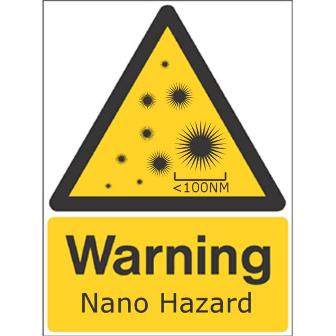 Well, Stefano and I are leaving tomorrow (early afternoon) for Northumberland. Ooooh, I am sooooo excited!!! Puffins, here we come!
Well, Stefano and I are leaving tomorrow (early afternoon) for Northumberland. Ooooh, I am sooooo excited!!! Puffins, here we come!  No Internet until we get back, probably. That will be hard!
No Internet until we get back, probably. That will be hard!
Last night Peekaboo entertained us with a series of qigong moves of her own invention. I thought I would share some of the photos I took (when will I learn to take a video with my digital camera???).
First though, a couple of words on the meaning of qigong (which I practice, by the way).
From Wikipedia:
Qigong (or ch’i kung) refers to a wide variety of traditional “cultivation” practices that involve movement and/or regulated breathing designed to be therapeutic. Qigong is practiced for health maintenance purposes, as a therapeutic intervention, as a medical profession, a spiritual path and/or component of Chinese martial arts.
The ‘qi’ in ‘qigong’ means breath or gas in Chinese, and, by extension, ‘life force’, ‘energy’ or even ‘cosmic breath’. ‘Gong’ means work applied to a discipline or the resultant level of skill, so ‘qigong’ is thus ‘breath work’ or ‘energy work’.
 The first (above, left) depicts her meditation pose. Before doing any qigong exercises, she indictates, it is important to relax and meditate for a little while.
The first (above, left) depicts her meditation pose. Before doing any qigong exercises, she indictates, it is important to relax and meditate for a little while.
So do some deep abdominal breathing exercises and push the negative energy downwards and away from your body, as she demonstrates with her paws in photo number one.
Then shift slowly to one side, then to the other (see photo number two, above, right) in order to relax your paws…or arms…thereby increasing your life force.
 Photo number three (above, left) gives a demonstration of just how far to the side you can go with this particular qigong exercise. By the way, I would not recommend it to those who suffer from sore backs…
Photo number three (above, left) gives a demonstration of just how far to the side you can go with this particular qigong exercise. By the way, I would not recommend it to those who suffer from sore backs…
Photo number four (on the right) is Peekaboo’s final move, which provides instant relaxation:
stand on the tip of your toes, pull your paws/arms up, focus on an invisible adversary, whatever that may be (an evil cancer stem cell, perchance?) and…POUNCE!!! 
 Okay, so no Internet café. No access to Internet for the next, gulp!, ten days or so…yikes!
Okay, so no Internet café. No access to Internet for the next, gulp!, ten days or so…yikes!So far, the only ones who are not happy that we are going off on holiday are my four beloved cats. Especially Priscilla (my second-youngest), see photo. Oh no, she is definitely not pleased.

 Anyway, I will have another look at the study tomorrow morning, as I begin quietly, so as not to freak out the cats, assembling the stuff we need to pack for our trip to the UK (we leave on Friday!).
Anyway, I will have another look at the study tomorrow morning, as I begin quietly, so as not to freak out the cats, assembling the stuff we need to pack for our trip to the UK (we leave on Friday!). be done. This was a team effort, actually, since Stefano did all the graphics for me. I merely (!) translated the text. Now we have to reread it and make sure it makes sense. The worst is over.
be done. This was a team effort, actually, since Stefano did all the graphics for me. I merely (!) translated the text. Now we have to reread it and make sure it makes sense. The worst is over.  Yesterday I was offered a big translation that I couldn’t refuse to do. Mainly, let’s be honest, because we need the extra bit of money (all that cat food adds up, y’know
Yesterday I was offered a big translation that I couldn’t refuse to do. Mainly, let’s be honest, because we need the extra bit of money (all that cat food adds up, y’know  Let me highlight this sentence: Notch inhibitors attack cancer stem cells.
Let me highlight this sentence: Notch inhibitors attack cancer stem cells. 

 Not to speak about the possible, indeed probable damage to the environment.
Not to speak about the possible, indeed probable damage to the environment. Cyclopamine (extracted from the corn lily, see photo) causes the cancerous stem cells to differentiate and turn into mature cancer cells without making more copies of cancer stem cells. (Aha!)
Cyclopamine (extracted from the corn lily, see photo) causes the cancerous stem cells to differentiate and turn into mature cancer cells without making more copies of cancer stem cells. (Aha!) This proves how vital it is for us (patients) to ask our doctors challenging questions.
This proves how vital it is for us (patients) to ask our doctors challenging questions.